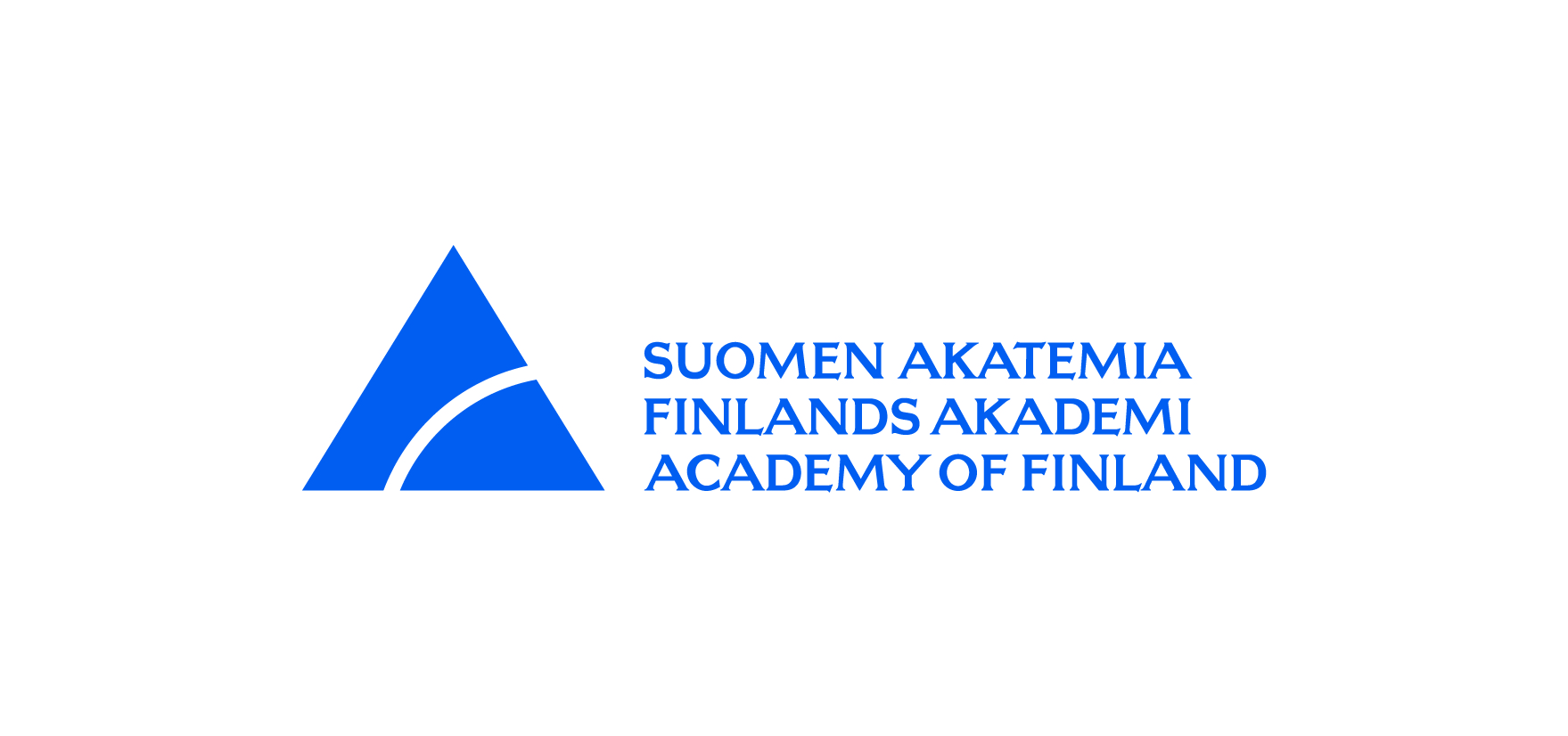The World Circular Economy Forum (WCEF2019) was held in Helsinki 3-4.6.2019. It was the third time this international Forum was organized by SITRA to bring circular economy enthusiastic together to share knowledge, ideas, thoughts and real-life cases on how countries, businesses and other agents have implemented circular economy from a concept to action. WCEF2019 aimed to scale circular economy up! What this means is that it is time to move from talking to action, it is time to move from local to global, it is time to move on from take-make-waste mentality and linear economic model to circular economy.
WCEF2019 had a broad range of international attendance with participants over 90 countries with over 2000 circular economy thinkers and doers. The program was dealing with circular economy issues in cities, governance, international trade, plastics, construction, investments and so forth. The program was really interesting, and it offered a lot of variety. The panel conversations were inspiring, and they offered more detailed insights for instance on plastics and new business opportunities. Carlsberg has an innovation that reduces drastically plastic use, when they use new glue innovation to keep cans together instead of using plastic wraps. The CEO of Carlsberg said that this does not solve all, but this is a good example of business opportunity when thinking and implementing circular economy practices. Another example was by company Tomra which offers bottle and other waste sorting machines and with their machines they sort over 40 billion bottles in a year. They are taking sorting to all over the Europe, some parts of Asia, Australia and USA. A brilliant example of business opportunity on a global scale.
Though, from the point of view of small and medium sized companies, the Forum did not offer as much as we hoped for. We believe that, even though politics and large companies are really important agents in scaling up the circular economy, SME´s in Finland are perhaps the most important change agents. They are the most numerous, they employ the most and they generate the most of new jobs and innovations. The view of entrepreneur was also missing. We believe that entrepreneurs are the real change agents. Besides that, entrepreneurs, especially with growth attitude, have a really important role in societies when implementing circular economy in to their businesses.
What now? Is circular economy still at the level of talk and not action? The answer is both. Certainly, circular economy is going forward in many ways with countries, businesses, third sector organizations, researchers and consumers. The attitudes are changing fast, consumers are demanding businesses to have new solutions and it was great to see that businesses are developing their business with customer-oriented way and they are engaging them into their value chains even more than now.
To conclude, the Forum offered insights on circular economy and the opportunities it offers in many industries. We also got info on circular economy and the effects on regulation, international trade and most importantly we got cases on business opportunities that are already in markets or are in the developing phase. Moreover, circular economy demands new innovations, new ways of thinking, agility to create and exploit the opportunities, that is, scaling up the circular economy!
Ville-Veikko Piispanen
Hanna Lehtimäki
CICAT2025-project is financed by the Strategic Research Council of the Academy of Finland. CICAT2025 aims to facilitate the transition from linear to circular economy. The project supports Finland’s strategic objective to become a global leader in circular economy by 2025. The project will work to identify measures hampering and supporting circular economy and search solutions for companies and regulators to support the transition to a circular economy.
Find more on CICAT2025: https://cicat2025.turkuamk.fi/
Find more on WCEF2019: https://www.sitra.fi/en/projects/world-circular-economy-forum-2019/#




 Subhanjan Sengupta, PhD
Subhanjan Sengupta, PhD Päivi Eskelinen
Päivi Eskelinen